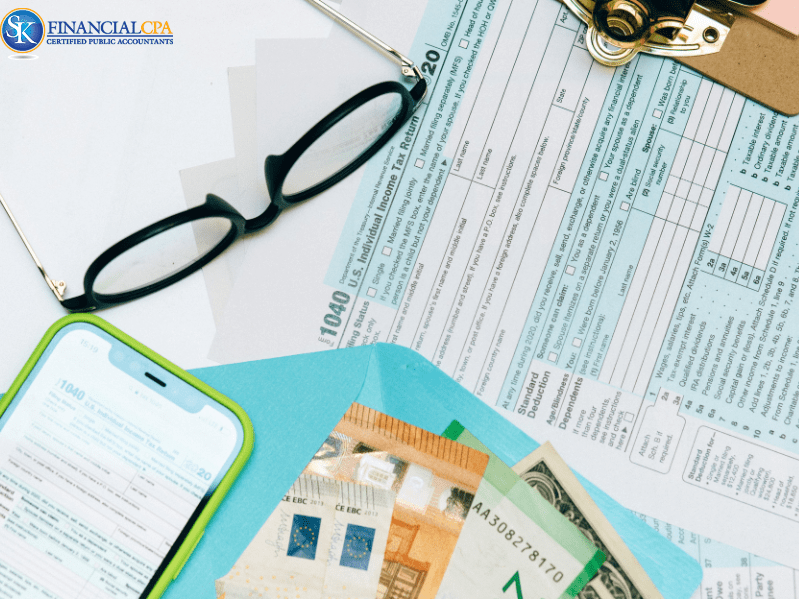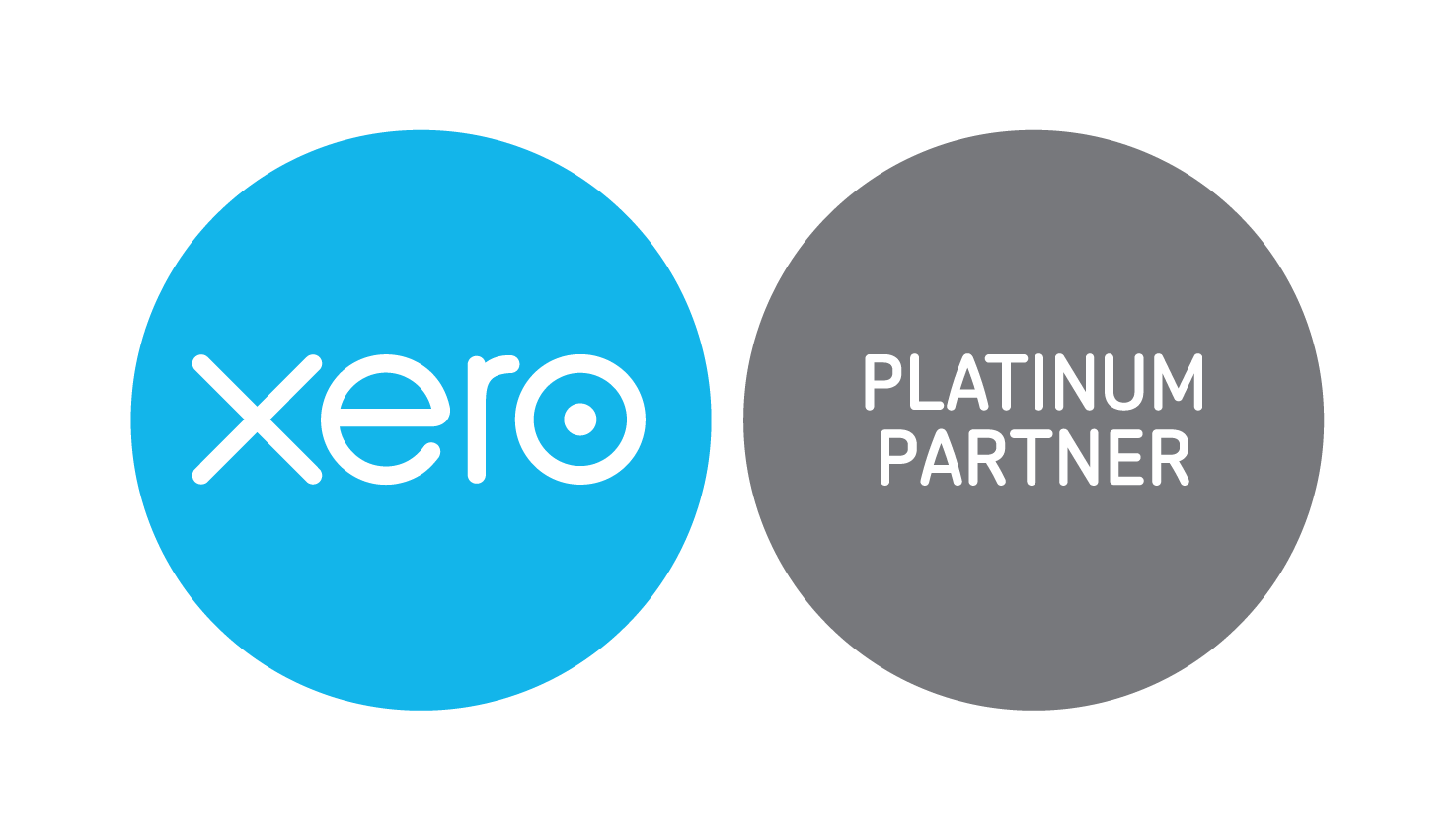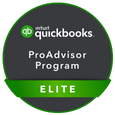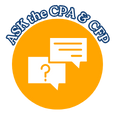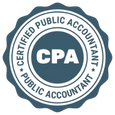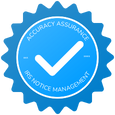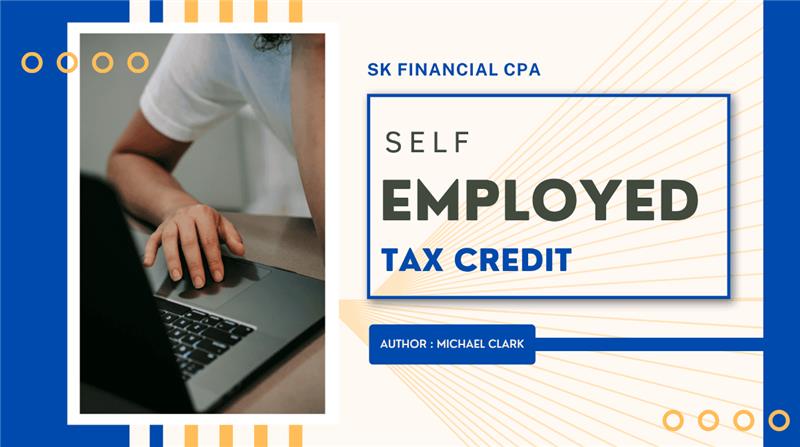
Self-Employed Tax Credit
If you're self-employed, doing your taxes can be confusing and stressful especially when you’re not sure what you can claim or how to lower your tax bill. One thing that can really help is the self employed tax credit. It’s not just one credit, but a set of tax benefits that reduce how much you owe and in some cases, even get you money back. Whether you're freelancing, running your own business, or doing gig work, understanding how these credits work can save you a lot. In this blog, I’ll explain what is self employed tax credit, how to claim it, and how to avoid missing out.
What Is a Self Employed Tax Credit?
A self employed tax credit lowers your actual tax bill not just your income. So if you owe $3,000 and get a $1,200 credit, you now owe $1,800. Some credits are even refundable, meaning if your credit is more than what you owe, you get the rest as a refund.
For example, in 2025, a self-employed parent with two kids earning under $55,768 could get up to $7,830 from the Earned Income Tax Credit (EITC) and part of that might come back as cash if their tax bill is low. Other credits, like the Saver’s Credit, just reduce what you owe but don’t result in a refund. Either way, these credits help self-employed workers keep more of what they earn.
Self-Employed Tax Credit 2025
|
Credit |
Max Value |
Income Limits (2025) |
Why It Matters |
|
EITC |
$8,046 (for 3+ kids) |
Single up to $19,104; MFJ up to $26,214 (0 kids); adjust higher with dependents |
Refundable; significant boost to low/moderate incomes |
|
Premium Credit |
Varies by plan/income |
Typically for incomes between 100%–400% of the federal poverty level |
Lowers health insurance premiums; requires Form 8962 filing |
|
Saver’s Credit |
Up to $1,000 (single) |
AGI ≤ $39,500 (single); $59,250 (HoH); $79,000 (MFJ) |
Encourages retirement savings; uses Form 8880 |
Who Qualifies as Self-Employed?
You’re considered self-employed if you earn income on your own rather than working for an employer who issues you a W-2. That includes people running their own businesses, freelancers, and gig workers. Here are some examples:
-
Freelancers (writers, photographers, designers, etc.)
-
Gig workers (like Uber, DoorDash, or Fiverr)
-
Consultants or coaches
-
Online sellers or e-commerce business owners
-
Independent contractors
-
Anyone who files a Schedule C with their Form 1040
If you’re working for yourself in any way, this blog is for you.
Top Self Employed Tax Credits You Should Know
Being self-employed comes with its fair share of expenses but the IRS also offers tax credits to lighten the load. If you’re working for yourself in 2025, there are a few key credits you should understand. They won’t just lower what you owe they could even lead to a refund.
Earned Income Tax Credit (EITC)
If you're self-employed and earned a lower income in 2025, the EITC can offer major relief. The maximum credit is $7,830 if you have three or more qualifying children, but even single filers with no kids can get a smaller amount.
For example, someone earning $24,000 with two kids could receive around $6,000 back thanks to the fact that EITC is refundable, meaning you may get money back even if you owe nothing in taxes.
Read more about Child tax credit
Premium Tax Credit (PTC)
If you buy your health insurance through the Health Insurance Marketplace, you may be eligible for the Premium Tax Credit. It’s designed to make coverage more affordable for individuals with moderate incomes. The amount you receive depends on your income and family size, relative to the federal poverty level.
Let’s say you're single and earned $35,000 this year from your online business. If your income puts you within 100% to 400% of the poverty line, the government might cover a portion of your premium through this credit. Just remember you’ll need to file Form 8962 to finalize the amount when you do your taxes. If your income changed during the year, it can affect how much you owe or get back.
Saver’s Credit (Retirement Credit)
Saving for retirement is tough when you're running your own business, but the IRS gives you a little motivation with this credit. If you contributed to a Solo 401(k) or SEP IRA in 2025 and your income was within a certain range, you could get back a portion of your contribution as a tax credit.
For instance, someone earning under $23,000 who puts aside $2,000 for retirement may receive a $1,000 credit through this program. While it’s not refundable, it still knocks that $1,000 directly off your tax bill. The form you’ll need here is 8880, and your contribution must be made before the tax filing deadline.
How Business Expenses Impact Credits
Claiming business expenses like internet, travel, or software can help reduce your taxable income which is usually a smart move. But when it comes to qualifying for a self employed tax credit like the EITC or Premium Tax Credit, your net income matters. If you deduct too much and your income drops too low, you might no longer qualify. The key is balance: claim what’s fair, but don’t shrink your income so much that you lose out on valuable credits.
How to Claim a Self Employed Tax Credit (Step-by-Step)
If you’re wondering how to apply for a self employed tax credit, the process is simpler than you might think especially if you stay organized. Many freelancers, gig workers, and small business owners miss out on valuable tax credits each year just because they don’t know how to claim them correctly.
Step 1: Track Your Income and Expenses All Year
Start by keeping detailed records of all business-related income and expenses. Use bookkeeping software or a simple spreadsheet. Keep receipts, invoices, mileage logs, and payment records. Accurate books make filing faster and help ensure you don’t miss any credits or deductions.
Step 2: Use the Right IRS Forms
To claim a self employed tax credit, you’ll need to file specific forms along with your federal tax return:
-
Form 1040 – This is your main tax return.
-
Schedule C – Reports your business income and expenses.
-
Schedule SE – Calculates your self-employment tax.
-
Form 8962 – Required if you’re claiming the Premium Tax Credit.
-
Form 8880 – Needed if you qualify for the Saver’s Credit.
-
Form 8867 or 7206 – Used for verifying eligibility for certain refundable credits like EITC.
Each form serves a different purpose, so double-check you’re using the right ones based on your situation.
Step 3: Check Your Credit Eligibility
Not everyone qualifies for every credit. Look at the credit-specific rules most are based on your adjusted gross income (AGI), number of dependents, and whether your income was from work (not passive or investment sources).
For example:
-
If your 2025 income was below $63,398 and you have kids, you might qualify for the Earned Income Tax Credit (EITC).
-
If you contributed to a retirement account, the Saver’s Credit could reduce your bill.
-
If you paid for your own health insurance, you may be eligible for the Premium Tax Credit, especially if you bought coverage through the marketplace.
Step 4: File Electronically or Use Trusted Tax Software
Using reliable tax software or working with a CPA makes it easier to apply for a self employed tax credit. Most platforms guide you step by step and automatically include the forms you need. Filing electronically also helps you get your refund faster especially for refundable credits like the EITC.
Step 5: Review Before You Submit
Before you file, review everything carefully. A small mistake like entering the wrong income amount or missing a form can delay your return or cause the IRS to reject your credit. Double-check income totals, credit qualifications, and form attachments. If you’re using software, take the time to read each question slowly and answer thoroughly.
When to File and What Deadlines Matter
For 2024 taxes, the main IRS filing deadline was April 15, 2025. If you filed an extension, you have until October 15, 2025 to submit your return. You can still make Solo 401(k) or SEP IRA contributions up until that extended deadline and claim the Saver’s Credit if you qualify.
If you got advance payments for the Premium Tax Credit, be sure to reconcile them using Form 8962. And the sooner you file, the sooner you’ll receive any refundable credits like the Earned Income Tax Credit. Meeting deadlines isn’t just about avoiding penalties it’s how you get the most out of your self employed tax credit opportunities.
Other Deductions That Feel Like Credits
Not every tax benefit comes with the credit. Some deductions work almost the same way reducing how much tax you pay and possibly helping you qualify for a self employed tax credit in the process. Used correctly, they can significantly boost your tax savings.
Home Office Deduction
If you work from home and use a specific area only for business, you might qualify for the home office deduction. The 2025 simplified method still lets you deduct $5 per square foot, up to 300 square feet. If you go with the standard method, you can write off a share of your rent or mortgage, utilities, and even your internet bill as long as the space is used exclusively and regularly for work.
Health Insurance Deduction
Health insurance premiums can add up fast, but if you’re self-employed and paying for your own coverage, you may be able to deduct 100% of your premium. This applies to plans covering yourself, your spouse, and dependents. The deduction is taken on Schedule 1 and lowers your adjusted gross income sometimes just enough to qualify for additional tax credits like the Premium Tax Credit or a refundable self employed tax credit.
Self-Employment Tax Deduction
You already know self-employment tax isn’t cheap 15.3% covers both the employer and employee share of Social Security and Medicare. But here’s the relief: you can deduct half of that amount right on your Form 1040. It won’t affect your business profit, but it does reduce your taxable income, which makes a difference at filing time.
Education and Training Costs
Sharpening your skills for the job you already do? You may be able to deduct costs like course fees, textbooks, and supplies. Just make sure the education directly supports your current business not a new one. For example, a marketing consultant taking a Google Ads course might write off the expense, but not if they’re switching careers into photography.
Mileage and Travel
The IRS mileage rate for 2025 remains 67 cents per mile. If you use your vehicle for business meeting clients, visiting vendors, or attending events that adds up quickly. Business travel like hotel stays, airfare, and 50% of meals are also deductible when tied to work, but personal expenses on the same trip aren’t. Good recordkeeping here is key.
Together, these deductions may not be credits, but they reduce how much tax you owe and often determine if you qualify for key programs like the self employed tax credit. If you're tracking expenses properly, you’re setting yourself up for smarter filing and bigger savings.
Tired of Missed Tax Credits?
Most CPAs rush through returns and overlook valuable credits especially for self-employed individuals. At SK Financial CPA, we go deeper. With 23+ years of experience, 20,000+ tax returns filed, and over 15,000 clients helped, we know how to get you every dollar you deserve. Book your free consultation today and see what other firms might be missing.
Summary
Understanding the self employed tax credit isn’t just about forms it’s about knowing what you qualify for and how to claim it properly. We’ve walked through the major credits like the EITC, Premium Tax Credit, and Saver’s Credit, and even covered important deductions and filing tips. Each one can help you save real money if you use them right.
But let’s be honest running a business is a full-time job. You shouldn’t have to spend hours figuring out tax code. That’s why expert guidance can make all the difference. Book a free consultation with CPA today and let us help you claim every dollar you deserve.
FAQs
How do I get the biggest tax refund when self-employed?
Track all your business expenses, claim credits like the EITC or Premium Tax Credit, and contribute to retirement plans. Filing early and accurately can speed up your refund and help avoid mistakes.
What can you claim for if you're self-employed?
You can deduct things like home office use, internet, software, travel, business meals, and insurance. You may also qualify for credits like the Saver’s Credit just keep solid records.
Can you reduce self-employment tax?
Yes. Claiming business expenses lowers your net income, which reduces self-employment tax. You can also deduct half of this tax on your return. In some cases, switching to an S-Corp can help.
What is the biggest deduction for self-employed?
The home office deduction is a major one. Others include health insurance, retirement contributions, and business mileage these often add up to big savings.
How do I get the most out of my self-employed tax return?
Stay organized, track everything, and don’t miss credits or deductions. Filing correctly ideally with expert help can mean a bigger refund and fewer surprises.
Follow SKFinancial on Facebook / Twitter / Linkedin / Youtube for updates.


